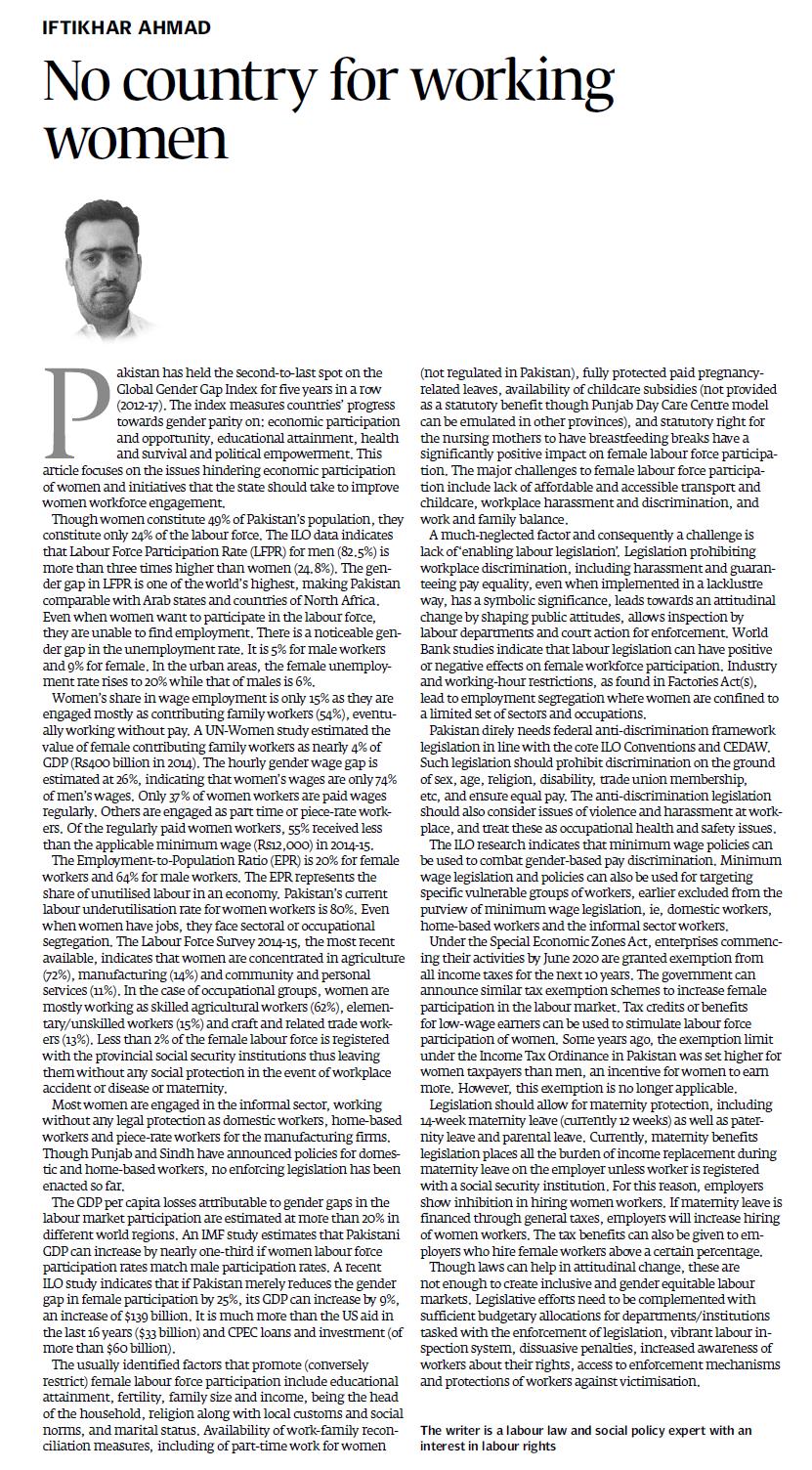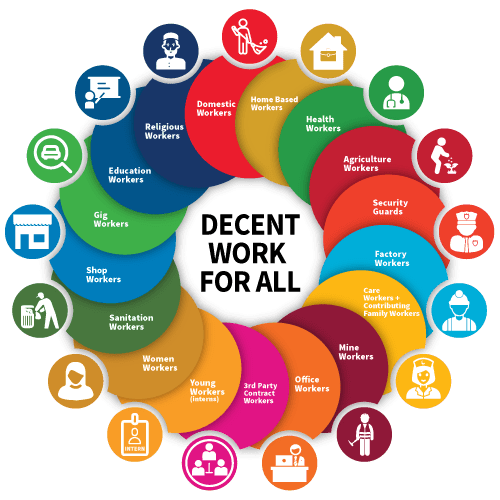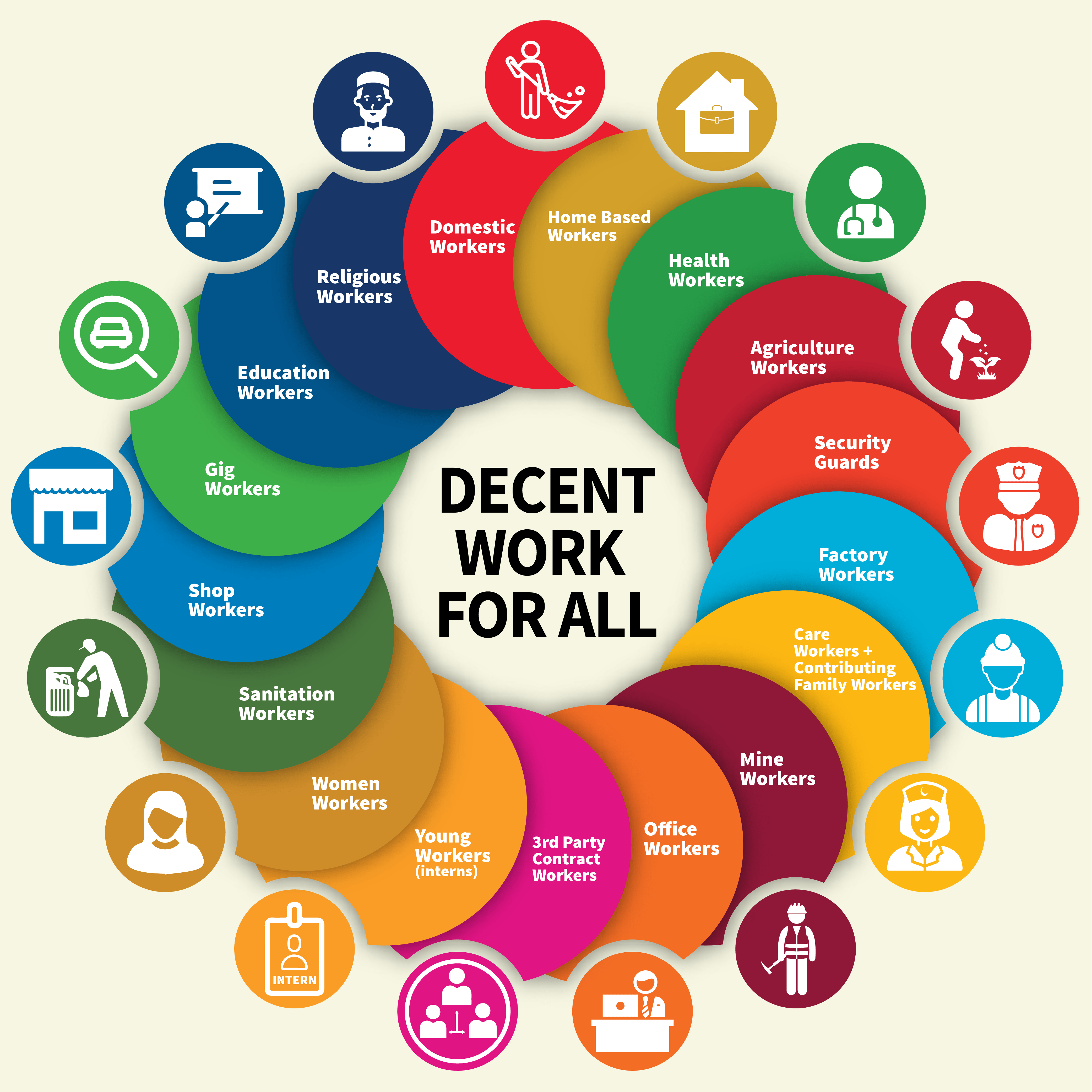
The article was published on 10 March 2018 by the The Express Tribune.
My article in today’s Daily Times explains the Universal Periodic Review process. Pakistan had its human rights record assessed on 13 November 2017.
Dozens of reports were submitted by the civil society organisations in the process. Interestingly, NONE of the more than 40 civil society submissions as well as State report and UN compilations focuses on trade union rights.
It is a grave mistake on the part of stakeholders to relegate trade union rights to oblivion as these are the enabling rights.
Pakistan has held the second-to-last spot on the Global Gender Gap Index for five years in a row (2012-17). The index measures countries’ progress towards gender parity on: economic participation and opportunity, educational attainment, health and survival and political empowerment. This article focuses on the issues hindering economic participation of women and initiatives that the state should take to improve women workforce engagement. Though women constitute 49% of Pakistan’s population, they constitute only 24% of the labour force. The ILO data indicates that Labour Force Participation Rate (LFPR) for men (82.5%) is more than three times higher than women (24.8%). The gender gap in LFPR is one of the world’s highest, making Pakistan comparable with Arab states and countries of North Africa. Even when women want to participate in the labour force, they are unable to find employment. There is a noticeable gender gap in the unemployment rate. It is 5% for male workers and 9% for female. In the urban areas, the female unemployment rate rises to 20% while that of males is 6%. Women’s share in wage employment is only 15% as they are engaged mostly as contributing family workers (54%), eventually working without pay. A UN-Women study estimated the value of female contributing family workers as nearly 4% of GDP (Rs400 billion in 2014). The hourly gender wage gap is estimated at 26%, indicating that women’s wages are only 74% of men’s wages. Only 37% of women workers are paid wages regularly. Others are engaged as part time or piece-rate workers. Of the regularly paid women workers, 55% received less than the applicable minimum wage (Rs12,000) in 2014-15. The Employment-to-Population Ratio (EPR) is 20% for female workers and 64% for male workers. The EPR represents the share of unutilised labour in an economy. Pakistan’s current labour underutilisation rate for women workers is 80%. Even when women have jobs, they face sectoral or occupational segregation. The Labour Force Survey 2014-15, the most recent available, indicates that women are concentrated in agriculture (72%), manufacturing (14%) and community and personal services (11%). In the case of occupational groups, women are mostly working as skilled agricultural workers (62%), elementary/unskilled workers (15%) and craft and related trade workers (13%). Less than 2% of the female labour force is registered with the provincial social security institutions thus leaving them without any social protection in the event of workplace accident or disease or maternity. Most women are engaged in the informal sector, working without any legal protection as domestic workers, home-based workers and piece-rate workers for the manufacturing firms. Though Punjab and Sindh have announced policies for domestic and home-based workers, no enforcing legislation has been enacted so far. The GDP per capita losses attributable to gender gaps in the labour market participation are estimated at more than 20% in different world regions. An IMF study estimates that Pakistani GDP can increase by nearly one-third if women labour force participation rates match male participation rates. A recent ILO study indicates that if Pakistan merely reduces the gender gap in female participation by 25%, its GDP can increase by 9%, an increase of $139 billion. It is much more than the US aid in the last 16 years ($33 billion) and CPEC loans and investment (of more than $60 billion). The usually identified factors that promote (conversely restrict) female labour force participation include educational attainment, fertility, family size and income, being the head of the household, religion along with local customs and social norms, and marital status. Availability of work-family reconciliation measures, including of part-time work for women (not regulated in Pakistan), fully protected paid pregnancy-related leaves, availability of childcare subsidies (not provided as a statutory benefit though Punjab Day Care Centre model can be emulated in other provinces), and statutory right for the nursing mothers to have breastfeeding breaks have a significantly positive impact on female labour force participation. The major challenges to female labour force participation include lack of affordable and accessible transport and childcare, workplace harassment and discrimination, and work and family balance. A much-neglected factor and consequently a challenge is lack of ‘enabling labour legislation’. Legislation prohibiting workplace discrimination, including harassment and guaranteeing pay equality, even when implemented in a lacklustre way, has a symbolic significance, leads towards an attitudinal change by shaping public attitudes, allows inspection by labour departments and court action for enforcement. World Bank studies indicate that labour legislation can have positive or negative effects on female workforce participation. Industry and working-hour restrictions, as found in Factories Act(s), lead to employment segregation where women are confined to a limited set of sectors and occupations. Pakistan direly needs federal anti-discrimination framework legislation in line with the core ILO Conventions and CEDAW. Such legislation should prohibit discrimination on the ground of sex, age, religion, disability, trade union membership, etc, and ensure equal pay. The anti-discrimination legislation should also consider issues of violence and harassment at workplace, and treat these as occupational health and safety issues. The ILO research indicates that minimum wage policies can be used to combat gender-based pay discrimination. Minimum wage legislation and policies can also be used for targeting specific vulnerable groups of workers, earlier excluded from the purview of minimum wage legislation, ie, domestic workers, home-based workers and the informal sector workers. Under the Special Economic Zones Act, enterprises commencing their activities by June 2020 are granted exemption from all income taxes for the next 10 years. The government can announce similar tax exemption schemes to increase female participation in the labour market. Tax credits or benefits for low-wage earners can be used to stimulate labour force participation of women. Some years ago, the exemption limit under the Income Tax Ordinance in Pakistan was set higher for women taxpayers than men, an incentive for women to earn more. However, this exemption is no longer applicable. Legislation should allow for maternity protection, including 14-week maternity leave (currently 12 weeks) as well as paternity leave and parental leave. Currently, maternity benefits legislation places all the burden of income replacement during maternity leave on the employer unless worker is registered with a social security institution. For this reason, employers show inhibition in hiring women workers. If maternity leave is financed through general taxes, employers will increase hiring of women workers. The tax benefits can also be given to employers who hire female workers above a certain percentage. Though laws can help in attitudinal change, these are not enough to create inclusive and gender equitable labour markets. Legislative efforts need to be complemented with sufficient budgetary allocations for departments/institutions tasked with the enforcement of legislation, vibrant labour inspection system, dissuasive penalties, increased awareness of workers about their rights, access to enforcement mechanisms and protections of workers against victimisation.
Pakistan has held the second-to-last spot on the Global Gender Gap Index for five years in a row (2012-17). The index measures countries’ progress towards gender parity on: economic participation and opportunity, educational attainment, health and survival and political empowerment. This article focuses on the issues hindering economic participation of women and initiatives that the state should take to improve women workforce engagement. Though women constitute 49% of Pakistan’s population, they constitute only 24% of the labour force. The ILO data indicates that Labour Force Participation Rate (LFPR) for men (82.5%) is more than three times higher than women (24.8%). The gender gap in LFPR is one of the world’s highest, making Pakistan comparable with Arab states and countries of North Africa. Even when women want to participate in the labour force, they are unable to find employment. There is a noticeable gender gap in the unemployment rate. It is 5% for male workers and 9% for female. In the urban areas, the female unemployment rate rises to 20% while that of males is 6%. Women’s share in wage employment is only 15% as they are engaged mostly as contributing family workers (54%), eventually working without pay. A UN-Women study estimated the value of female contributing family workers as nearly 4% of GDP (Rs400 billion in 2014). The hourly gender wage gap is estimated at 26%, indicating that women’s wages are only 74% of men’s wages. Only 37% of women workers are paid wages regularly. Others are engaged as part time or piece-rate workers. Of the regularly paid women workers, 55% received less than the applicable minimum wage (Rs12,000) in 2014-15. The Employment-to-Population Ratio (EPR) is 20% for female workers and 64% for male workers. The EPR represents the share of unutilised labour in an economy. Pakistan’s current labour underutilisation rate for women workers is 80%. Even when women have jobs, they face sectoral or occupational segregation. The Labour Force Survey 2014-15, the most recent available, indicates that women are concentrated in agriculture (72%), manufacturing (14%) and community and personal services (11%). In the case of occupational groups, women are mostly working as skilled agricultural workers (62%), elementary/unskilled workers (15%) and craft and related trade workers (13%). Less than 2% of the female labour force is registered with the provincial social security institutions thus leaving them without any social protection in the event of workplace accident or disease or maternity. Most women are engaged in the informal sector, working without any legal protection as domestic workers, home-based workers and piece-rate workers for the manufacturing firms. Though Punjab and Sindh have announced policies for domestic and home-based workers, no enforcing legislation has been enacted so far. The GDP per capita losses attributable to gender gaps in the labour market participation are estimated at more than 20% in different world regions. An IMF study estimates that Pakistani GDP can increase by nearly one-third if women labour force participation rates match male participation rates. A recent ILO study indicates that if Pakistan merely reduces the gender gap in female participation by 25%, its GDP can increase by 9%, an increase of $139 billion. It is much more than the US aid in the last 16 years ($33 billion) and CPEC loans and investment (of more than $60 billion). The usually identified factors that promote (conversely restrict) female labour force participation include educational attainment, fertility, family size and income, being the head of the household, religion along with local customs and social norms, and marital status. Availability of work-family reconciliation measures, including of part-time work for women (not regulated in Pakistan), fully protected paid pregnancy-related leaves, availability of childcare subsidies (not provided as a statutory benefit though Punjab Day Care Centre model can be emulated in other provinces), and statutory right for the nursing mothers to have breastfeeding breaks have a significantly positive impact on female labour force participation. The major challenges to female labour force participation include lack of affordable and accessible transport and childcare, workplace harassment and discrimination, and work and family balance. A much-neglected factor and consequently a challenge is lack of ‘enabling labour legislation’. Legislation prohibiting workplace discrimination, including harassment and guaranteeing pay equality, even when implemented in a lacklustre way, has a symbolic significance, leads towards an attitudinal change by shaping public attitudes, allows inspection by labour departments and court action for enforcement. World Bank studies indicate that labour legislation can have positive or negative effects on female workforce participation. Industry and working-hour restrictions, as found in Factories Act(s), lead to employment segregation where women are confined to a limited set of sectors and occupations. Pakistan direly needs federal anti-discrimination framework legislation in line with the core ILO Conventions and CEDAW. Such legislation should prohibit discrimination on the ground of sex, age, religion, disability, trade union membership, etc, and ensure equal pay. The anti-discrimination legislation should also consider issues of violence and harassment at workplace, and treat these as occupational health and safety issues. The ILO research indicates that minimum wage policies can be used to combat gender-based pay discrimination. Minimum wage legislation and policies can also be used for targeting specific vulnerable groups of workers, earlier excluded from the purview of minimum wage legislation, ie, domestic workers, home-based workers and the informal sector workers. Under the Special Economic Zones Act, enterprises commencing their activities by June 2020 are granted exemption from all income taxes for the next 10 years. The government can announce similar tax exemption schemes to increase female participation in the labour market. Tax credits or benefits for low-wage earners can be used to stimulate labour force participation of women. Some years ago, the exemption limit under the Income Tax Ordinance in Pakistan was set higher for women taxpayers than men, an incentive for women to earn more. However, this exemption is no longer applicable. Legislation should allow for maternity protection, including 14-week maternity leave (currently 12 weeks) as well as paternity leave and parental leave. Currently, maternity benefits legislation places all the burden of income replacement during maternity leave on the employer unless worker is registered with a social security institution. For this reason, employers show inhibition in hiring women workers. If maternity leave is financed through general taxes, employers will increase hiring of women workers. The tax benefits can also be given to employers who hire female workers above a certain percentage. Though laws can help in attitudinal change, these are not enough to create inclusive and gender equitable labour markets. Legislative efforts need to be complemented with sufficient budgetary allocations for departments/institutions tasked with the enforcement of legislation, vibrant labour inspection system, dissuasive penalties, increased awareness of workers about their rights, access to enforcement mechanisms and protections of workers against victimisation.


